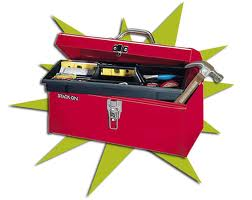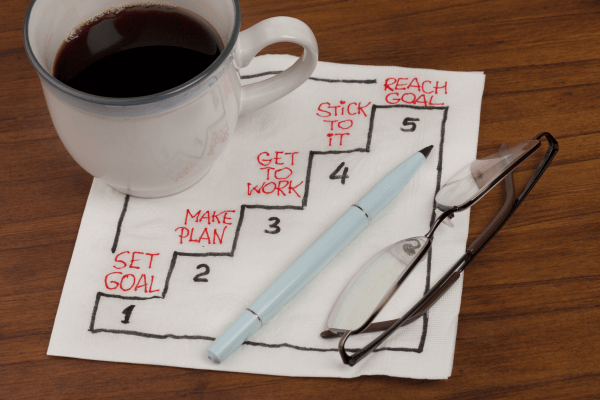Increase Innovation and Growth through Succession Planning
At a time when most organizations are straddling the line between recession and recovery, talent strategy is as importan …
Lots of Succession Planning Talk....Not Enough Action
Recent survey research on succession planning conducted by Right Management indicates that significant gaps in leadershi …
Succession Planning - "Measure Twice, Cut Once"
There is an old but very wise adage used in carpentry “Measure twice, cut once” which is typically followed by “you can’ …
Power Saw or Utility Knife: What kind of tool is your 9 Box?
Recent discussions with several senior HR leaders and consulting partners has caused me to have a bit of concern about t …
Using Development Goal Setting to drive performance.
Development planning is a powerful talent management tool that is a critical part of both Performance Management and Suc …
Talent Management - High Potential Programs: What are you improving?
Hi-po programs are all the rage amongst HR professionals looking to get progressive with their HRM practices. It is true …






